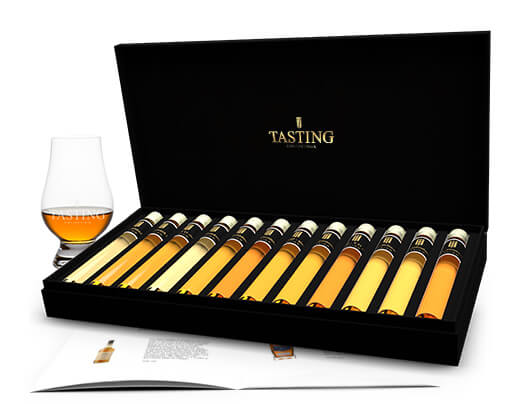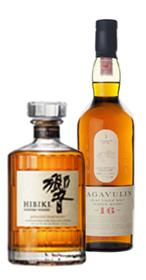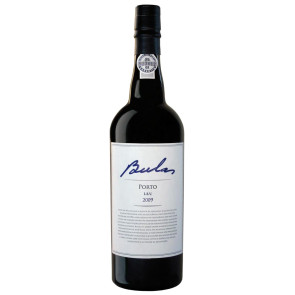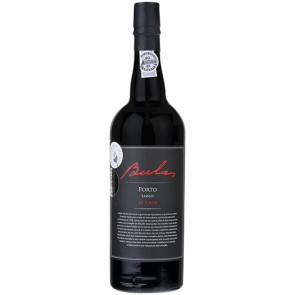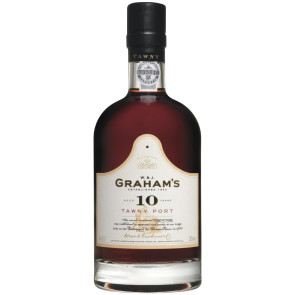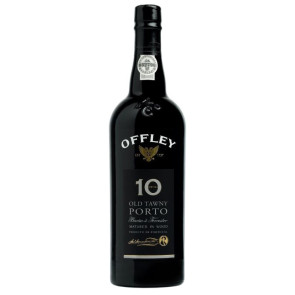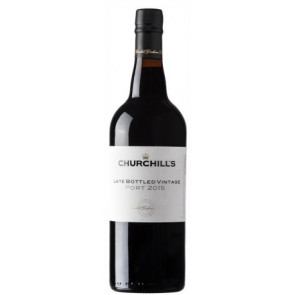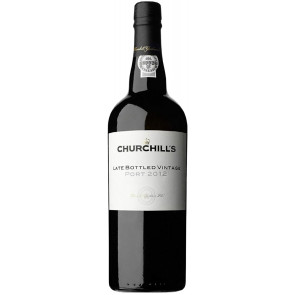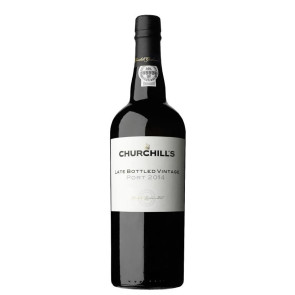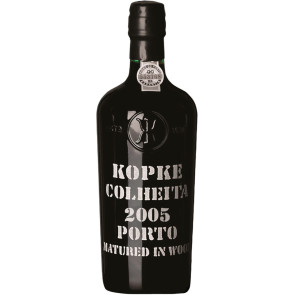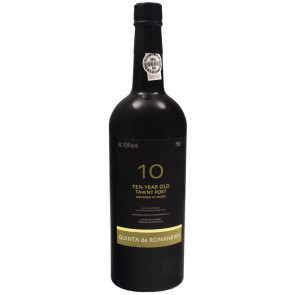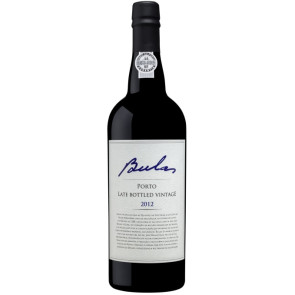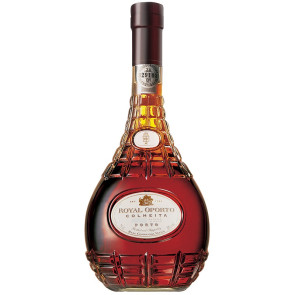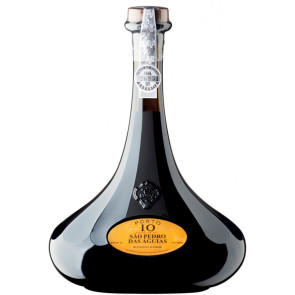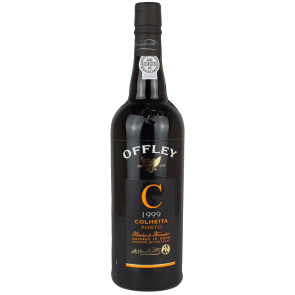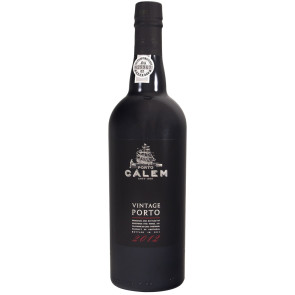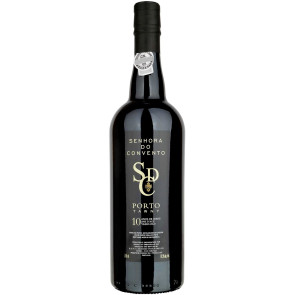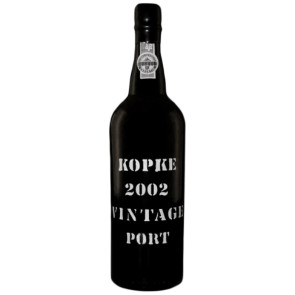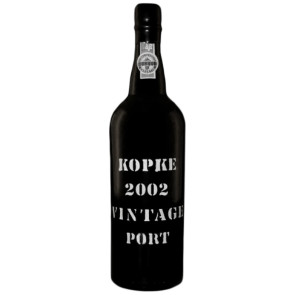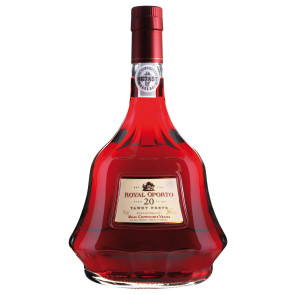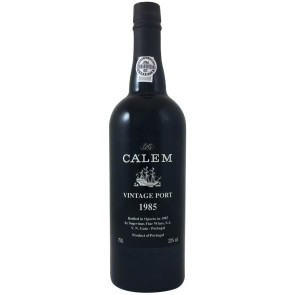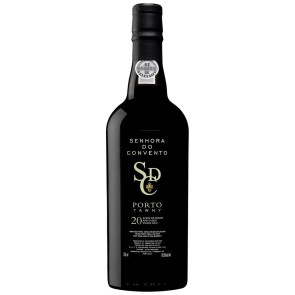PortOrder your favorite Port wine bottles. |
-
Bulas - LBV 2009 (0.75 ℓ)
€ 21.95Out of stock
-
Bulas - Tawny, 10 Y (0.75 ℓ)
€ 22.51Out of stock
-
Graham - Tawny, 10 Y (0.75 ℓ)
€ 22.95Out of stock
-
Offley, 10 Y (0.75 ℓ)
€ 24.50Out of stock
-
Churchill's - LBV 2015 (0.75 ℓ)
€ 24.95Out of stock
-
Churchill's - LBV 2012 (0.75 ℓ)
€ 24.95Out of stock
-
Churchill's - LBV 2014 (0.75 ℓ)
€ 24.95Out of stock
-
Kopke Colheita 2005 (0.75 ℓ)
€ 26.95Out of stock
-
Quinta da Romaneira - Tawny, 10 Y (0.75 ℓ)
€ 26.95Out of stock
-
Bulas - LBV 2012 (0.75 ℓ)
€ 29.95Out of stock
-
Royal Oporto - Colheita 2000 (0.75 ℓ)
€ 30.50Out of stock
-
Sao Pedro Das Aguias, 10 Y - Tawny (0.75 ℓ)
€ 32.95Out of stock
-
Offley - Colheita (0.75 ℓ)
€ 33.95Out of stock
-
Calem - Vintage 2012 (0.75 ℓ)
€ 35.95Out of stock
-
Senhora Do Convento - Tawny, 10 Y (0.75 ℓ)
€ 36.51Out of stock
-
Kopke - Vintage 2002 (0.75 ℓ)
€ 37.95Out of stock
-
Kopke - Vintage 2002 (0.75 ℓ)
€ 37.95Out of stock
-
Royal Oporto - Tawny, 20 Y (0.75 ℓ)
€ 38.50Out of stock
-
Calem - Vintage 1985 (0.75 ℓ)
€ 38.50Out of stock
-
Senhora do Convento - Tawny, 20 Y (0.75 ℓ)
€ 39.49Out of stock
Port wine
Port wine or Port is a fortified sweet red, white or rosé wine produced in Portugal. The alcohol content of Port is between 18 and 20 percent and is often drunk as an aperitif, digestive or dessert wine. Port must be made from grapes grown in a defined wine-growing area along the banks of the River Douro. Only the product from this Douro region is entitled to bear the' Port' label, unlike the fortified wines produced in the rest of the world.
Types of Port wine
Port wine can be divided into different kind of types, namely red, white and rosé Port wine. The red and rosé Port are made from red grapes, white Port wine of white grapes. Most of the Port wine varieties are blends (mixes) of different years, vineyards and grape races. The Port wine can also be subdivided into Ruby, Tawny, Vintage, White and Rosé Port.
Ruby
The Ruby Port is a Port wine that has been lying on the barrel for at least three years and then matures further on the bottle. The Port is characterized by a beautiful ruby red color and fruity scent.
Ruby Reserva
The Ruby Reserva Port matures longer on the barrel than the regular Ruby Port, namely 3 to 5 years. This gives the Ruby Reserva a more complex structure than the standard Ruby Port wine.
Tawny
The Tawny Port has a lighter colour and a softer flavour than the Ruby Port. The reason for this is that the Tawny Port matures shorter than the Ruby Port, usually 3 years.
Aged Tawny
The best Tawny's are lying longer on wood and bear the label Aged Tawny Port. The number of years the Port has matured (on average) in barrels is shown on the bottle. However, the Instituto dos Vinhos Douro e Porto must give their permission for the use of the title Aged Tawny Port.
Colheita
The Colheita Port is made out of grapes from a single year's harvest. In addition, the Colheita Port must have been matured on wooden barrel for at least seven years. This Port variety is considered to be a high quality Tawny and always has the harvest year and maturing time on barrel indicated on the bottle.
Single Quinta Vintage
Single Quinta stands for a single vineyard. Despite the designation, Single Quinta Vintage Port, this Port can also occur in a non vintage year. Here too, the label mentions the harvest year, the year of bottling and as a (mandatory) addition the Quinta from which the Port wine originates.
Vintage
This Port is of the highest quality, made from a year's harvest of the best vineyards. Only after a strict inspection of the Instituto dos Vinhos Douro e Porto and the granting of the quality stamp, the Port can bear the Vintage title. In addition to' Vintage', the label also shows the year. The longer the bottle matures, the softer the taste is.
Late Bottled Vintage (LBV)
The Late Bottled Vintage Port is a mix of Ports from the same year. The label of LBV Port must always indicate the vintage year and the year of bottling.
Crusted
The Crusted Port is a blend of several years of Port, which has been on barrel for 3 to 4 years. This wine is then bottled unfiltered, so that the sediment forms a 'crust'. Before a Crusted Port can be consumed, it must have been standing upright for at least 24 hours so that the sediment can be descended to the bottom of the bottle.
Garrafeira
The Garrafeira Port is also a mix of several Ports from a single year and is also called the' bridge between Tawny and Vintage'. After a short ripening period, the wine is transferred to large glass barrels, in which the wine matures 20 to 40 years further.
White Port/Branco Port
The Branco Port is made purely from white grapes and has been on barrel for 3 years. The taste of White Port can vary from extra dry to very sweet. The Reserva Branco has a golden colour and complex taste, this Port matures on barrel for at least 7 years.
Port Regions
The Dourovalley is located on the upper reaches of the Douro River in the northeast of Portugal. The Dourovalley is divided into several Quintas (vineyards). These vineyards are the only ones that may use the classification Port vineyards.
Port Brands
Port has many well-known brands, which of course can also be obtained from Tasting Collection, below a selection of Port Wines that are offered by Tasting Collection.
Kopke
Kopke is the oldest Port house in the world, Kopke was founded in 1638 by Cristiano Köpke. The Kopke Port cellar is located in the "Entreposte de Gaia", where most Port houses have been located for centuries. In the cellars of these Port houses the Port has been matured under the utmost favourable conditions in traditional wooden barrels.
Graham's
The two Scottish families Graham and Symington were at the origin of the Port house Graham's. They were one of the first to invest in vineyards at the upper reaches of the Douro river. The Port house is located in Vila Nova de Gaia, near the Atlantic Ocean. Graham's says that this location is important for the slow maturation of their Graham's Port.
Dow's
The Symington family, also owner of Graham's, has been the owner of Dow's Port for four generations. In the Dourovalley, Dow's owns two of the best vineyards, the Quinta Senhora da Ribeira and Quinta do Bomfim. These have been in possession since 1890, making Dow's one of the first Port houses to invest in vineyards in the Douro region.
Calem
Calem is a classic Port house dating from 1859 and known as the most popular Port in Portugal. After vinification, winemaking, in the Dourovalley, Calem Port is placed in the cellars of Vila Nova de Gaia. The Calem Port house is now owned by the Sogevinus Group, which also Kopke and Burmester are part of.
Offley
The history of the Port house Offley Forrester begins in 1737, when the English trader William Offley settled in Porto. In 1803 Joseph James Forrester, a famous winemaker who developed a method for dealing with a disastrous grape disease, committed himself to the Offley house. Almost 300 years later Offley Forrester is one of the largest Port houses in the world.
Fonseca
In 1882 the Guimaraens brothers founded the Port house Fonseca Guimaraens. In 1994 Adrian Bridge took over the company and until now he still owns the Fonseca Port house. The great-great-great grandson of one of the founders is still working within Fonseca as Head of Wine Making. The Port House Fonseca is next to Dow's, Calem, Offley and Kopke one of the largest Port producers.

